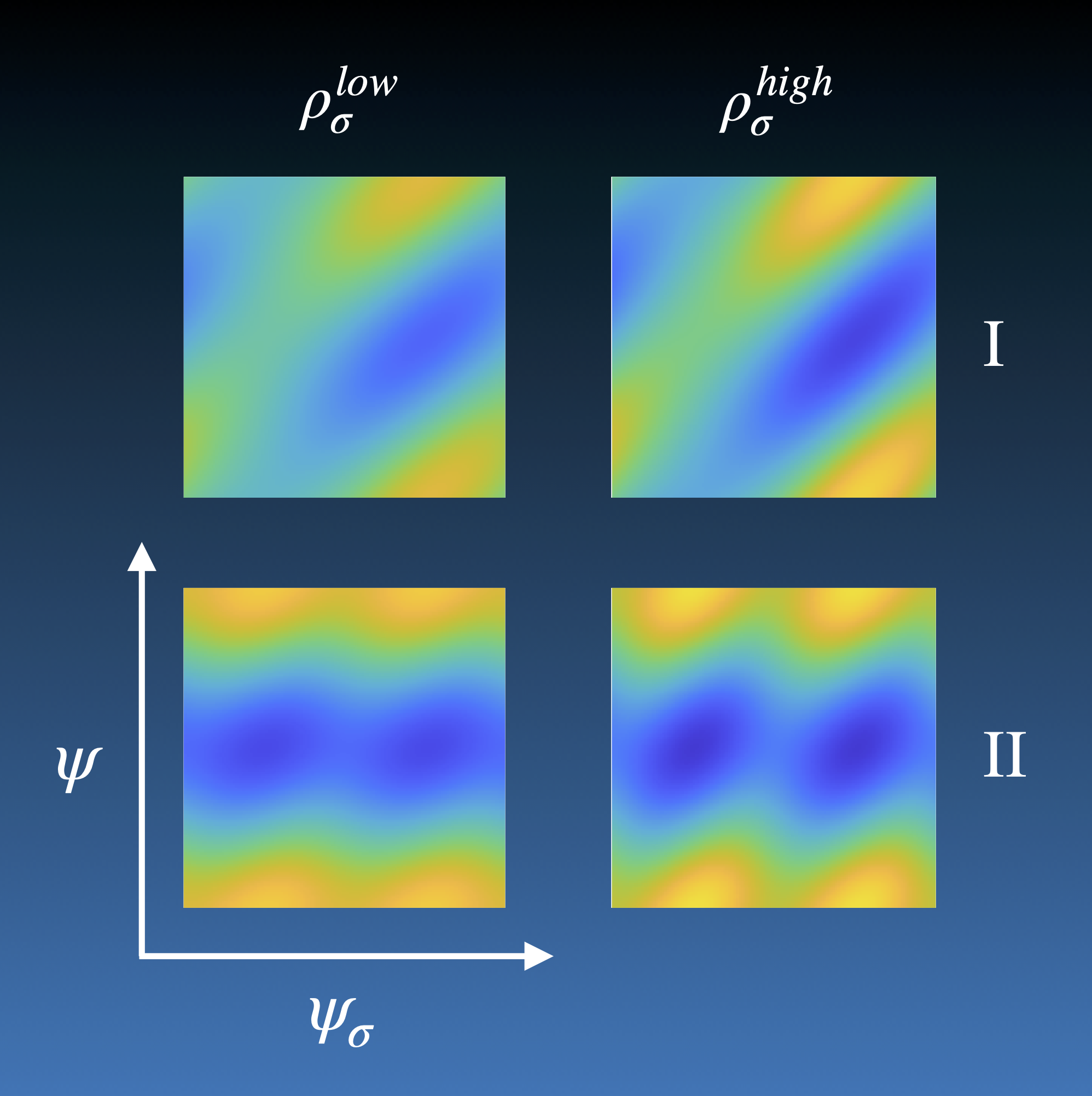Optimal closed-loop deep brain stimulation using multiple independently controlled contacts
An important recent development in deep brain stimulation (DBS) technology are electrodes with multiple, independently-controllable contacts. Using a mathematical model, we determine how to best apply DBS across multiple contacts to maximally desynchronise neural populations. The insights from this work should provide a better understanding of how to implement more effective and efficient DBS systems for therapeutic benefit.
Deep brain stimulation (DBS) is a well-established treatment option for a variety of neurological disorders, including Parkinson's disease and essential tremor. The symptoms of these disorders are known to be associated with pathological synchronous neural activity in the basal ganglia and thalamus. It is hypothesised that DBS acts to desynchronise this activity, leading to an overall reduction in symptoms. Electrodes with multiple independently controllable contacts are a recent development in DBS technology which have the potential to target one or more pathological regions with greater precision, reducing side effects and potentially increasing both the efficacy and efficiency of the treatment. The increased complexity of these systems, however, motivates the need to understand the effects of DBS when applied to multiple regions or neural populations within the brain. On the basis of a theoretical model, our paper addresses the question of how to best apply DBS to multiple neural populations to maximally desynchronise brain activity. Central to this are analytical expressions, which we derive, that predict how the symptom severity should change when stimulation is applied. Using these expressions, we construct a closed-loop DBS strategy describing how stimulation should be delivered to individual contacts using the phases and amplitudes of feedback signals. We simulate our method and compare it against two others found in the literature: coordinated reset and phase-locked stimulation. We also investigate the conditions for which our strategy is expected to yield the most benefit.

2023. Neuromodulation, 26(2):320-332.